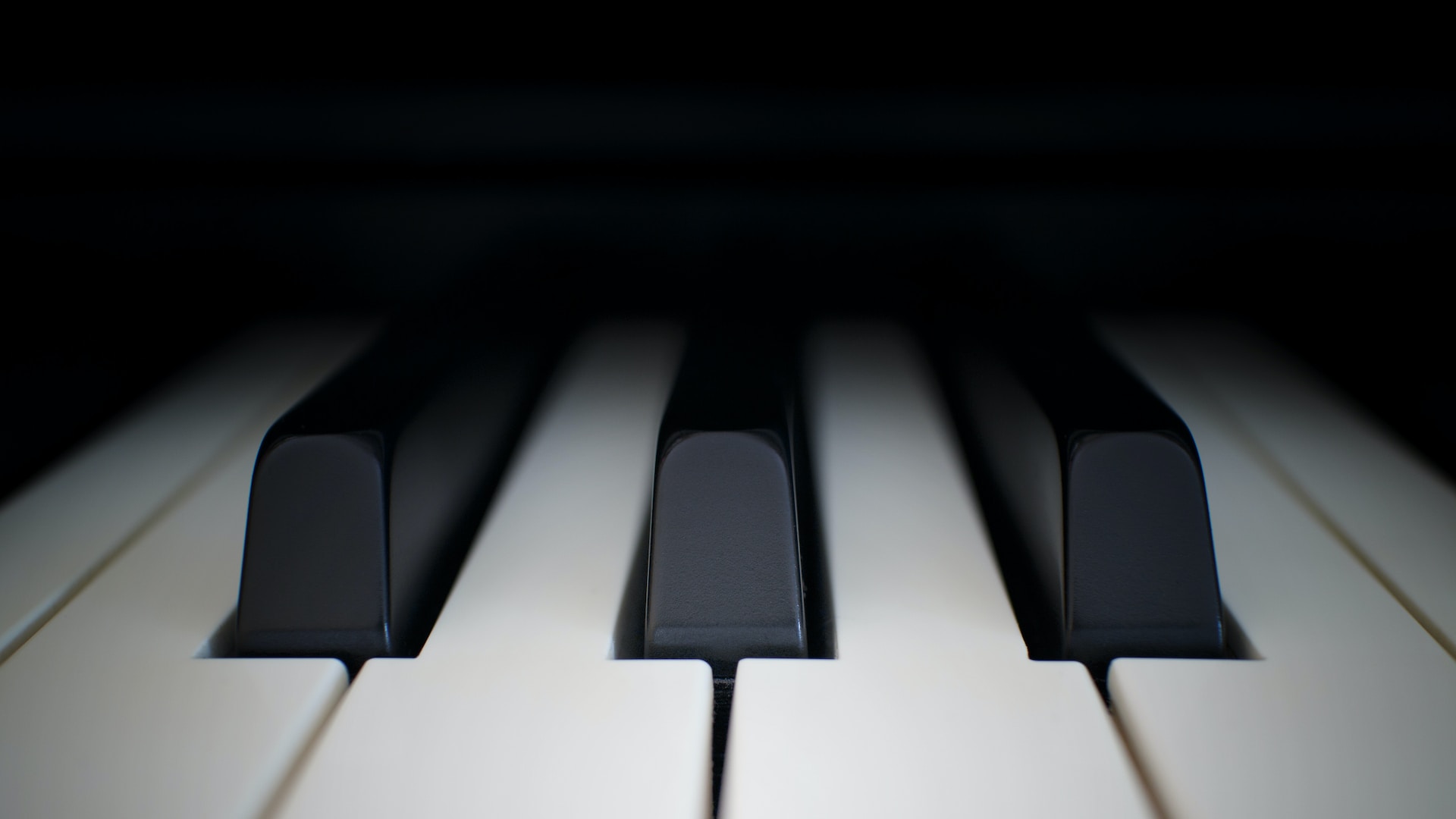Do you have a young child in your family who loves music and is ready to take the next step? If so, then finding the best instrument for a young child may seem like a difficult decision. With so many factors like instrument size, physical requirements, and mental focus requirements, it can be hard to know where to start young kids in their music lessons.
In this blog post, we’ll walk through some of the best instruments for young children and discuss what kind of instruction might be best for your junior Mozart or young rock star.
Younger than four-years-old
Kids under four can start to learn the basics of rhythm, pitch, and dynamics by playing percussive and rhythmic instruments such as mini-tambourines, shakers, rhythm sticks, finger cymbals, mini-xylophones, mini-pianos, and more, with the guidance of a teacher trained in pre-k music education.
Pre-k music exploration programs offered at some local music studios are a good fit for 3 ½ – 5-year-olds. Pre-k music teachers teach kids how to read music, keep the beat, and count rhythms. A pre-k music class will spend some time learning the piano keyboard as well as the rhythmic instruments.
Kids in this age range not only learn the basics of music but also build positive habits. Pre-k music classes may also be a good choice for a four or five-year-old who isn’t able to focus for 30 minutes in other music lessons just yet (such as piano or violin lessons).
Four-year-olds
At four years old, kids are ready to start learning how to play piano and violin. These instruments are approachable for small children (violins are offered in ⅛ and ¼ sizes at this age). Learning instruments like piano and violin helps students develop physical coordination, hand-eye coordination, memorization skills, and the ability to think musically, and also helps them build confidence.
Five-year-olds
According to the Joe Ferrante Music Academy which offers music lessons in Monrovia, CA, five-year-olds can start drum lessons or voice lessons. However, this may not be an option at all local music academies, so be sure to check with your nearby programs.
Six to nine-year-olds
By six years old, children can start learning guitar. Like the violin, guitars are also made in half-sizes to better accommodate the small hands and frames of young kids. This makes them much more approachable for young children.
Older than nine years old
At around the age of nine, kids can start learning other instruments like flute, clarinet, trumpet, and saxophone. It’s important to know that these instruments don’t come in half or quarter sizes, so the young student should be able to manage the weight and ergonomics of the instrument.
Making the final decision
Ultimately, as long as you follow the general age-appropriate recommendations above, it’s hard to go wrong with which instrument(s) you choose for your child’s music lessons. Ultimately, they can always change instruments later, keeping all of the musical knowledge they’ve gained in previous music lessons.
Listening to and playing music can have many positive benefits, such as improving mental health, boosting confidence, and enhancing focus and concentration, so it’s a very worthwhile investment in your child’s well-being and future. In fact, studies show that just listening to music can reduce stress and support a positive mood by releasing endorphins in the brain. Playing an instrument can have even greater cognitive development benefits, as it requires both physical coordination and mental focus.
Now that you have a better idea of what instruments may be best for your young musician and why music lessons are a worthwhile investment, you can start the journey together toward exploring their musical talents and unlocking their hidden potential.



